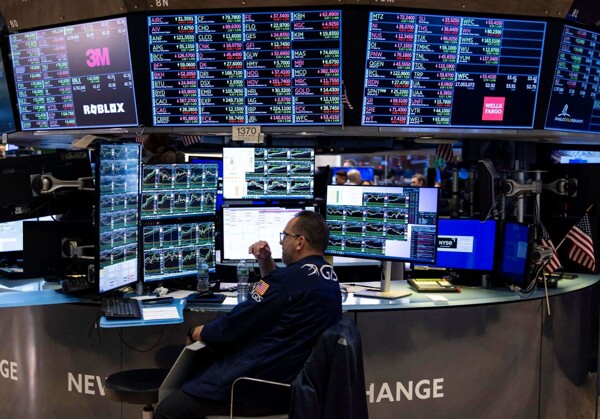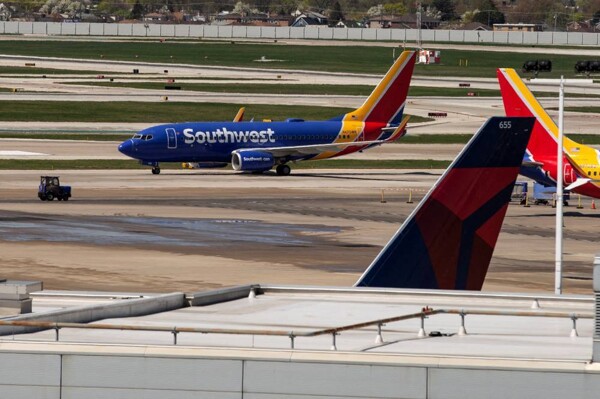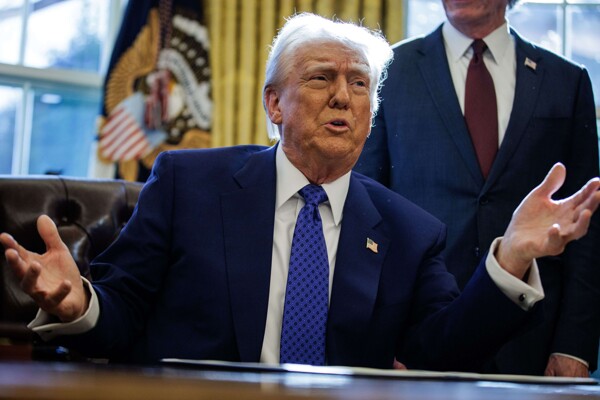
The price of gold has continued to rise on Monday following the weakening of the dollar amid anticipation of further details on U.S. President Donald Trump's plans regarding reciprocal tariffs, which could ease global trade tensions. As Kelvin Wong, senior market analyst at OANDA for the Asia-Pacific region, notes, gold prices are supported by the dollar's weakness and uncertainty regarding how Trump will interact with key trading partners while implementing his trade tariff policy. Trump revived his threats of imposing tariffs on automobiles, stating that tariffs on automobiles could be introduced as early as April 2.
"Considering that discussions on tariffs and inflation have previously frightened investors, gold prices could still rise, even if safe-haven flows weaken," said Tim Utterer, chief market analyst at KCM Trade. Gold represents a traditional hedge against rising prices and geopolitical uncertainties.
Silver rose by 0.7% to $32.36 an ounce after reaching the highest level since October 31, and its prices are closely linked to the factors that pushed gold to new record highs. Some analysts suggest that investors may target the challenges of the 10-year maximum.
Platinum added 0.6% to $984.98 and palladium increased by 1.7% to $977.99. Last week, Trump urged commercial and economic officials to study the issue of reciprocal tariffs against countries imposing tariffs on American goods, with recommendations expected by April 1. Meanwhile, U.S. Secretary of State Marco Rubio stated on Sunday that Ukraine and Europe will be part of any "real negotiations" on the conclusion of the war in Ukraine, organized by Moscow.














